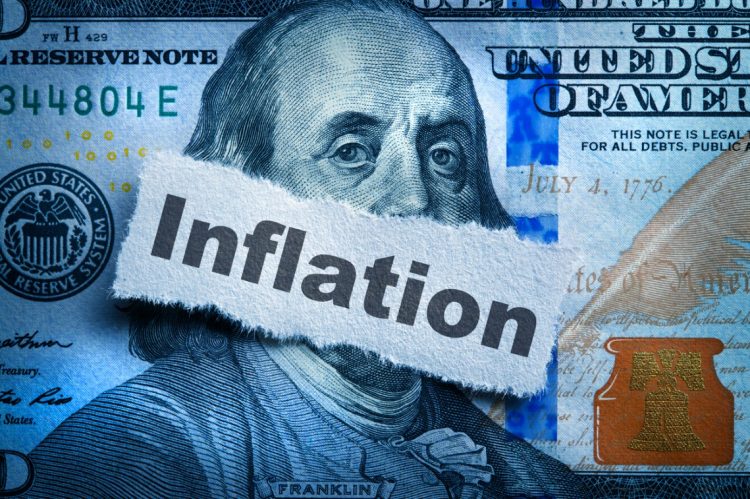Inflation rose slightly in October as the Federal Reserve tries to decide how much it should lower interest rates, the Commerce Department reported November 27.
The PCE price index increased 0.2% in October. Excluding food and energy (so-called “core inflation”), the PCE price index increased 0.3%. The price of goods increased less than 0.1% and services increased 0.2%.
Year-over-year, PCE inflation rose by 2.3%. Prices for goods were actually down 1%, while services rose 3.9%. Core PCE inflation was up 2.8%.
After two consecutive rate cuts by the Fed, most economists and observers were celebrating what appeared to be a victory against the runaway inflation of 2022 – 23. Fed Chair Jerome Powell went as far as to say the “balance” between inflation and employment—the central bank’s two main goals—had essentially become neutral.
But new, untested policies floated by the Trump administration, including massive tariffs, have thrown some of that into doubt, with renewed upward pressure on prices expected if those Trump policies are implemented as the president-elect has promised. Some real estate economists have worried that planned rate cuts could be off the table based on an increased federal deficit, harsh immigration policies and the aforementioned tariffs.
The PCE price index reading was mostly in line with expectations, but even the slight month-to-month increase has the potential to affect policy decisions by Powell—who has said he will continue to lead the Fed even if Trump asks him to resign.
Ahead of the PCE report, CNBC reported that markets had priced in a roughly 50-50 chance for the Fed to cut rates again at their next meeting in December.
Looking at the broader financial picture, the latest PCE report found that personal income increased $147.4 billion (0.6% at a monthly rate) in October. The increase in current-dollar personal income in October primarily reflected increases in compensation, personal income receipts on assets and personal current transfer receipts.
The $72.3 billion increase in current-dollar PCE in October reflected an increase of $74.7 billion in spending for services and a decrease of $2.3 billion in spending for goods. Within services, the largest contributors to the increase were healthcare (led by hospitals) and housing. Within goods, the largest contributor to the decrease was spending for gasoline and other energy goods (led by gasoline and other motor fuel).












